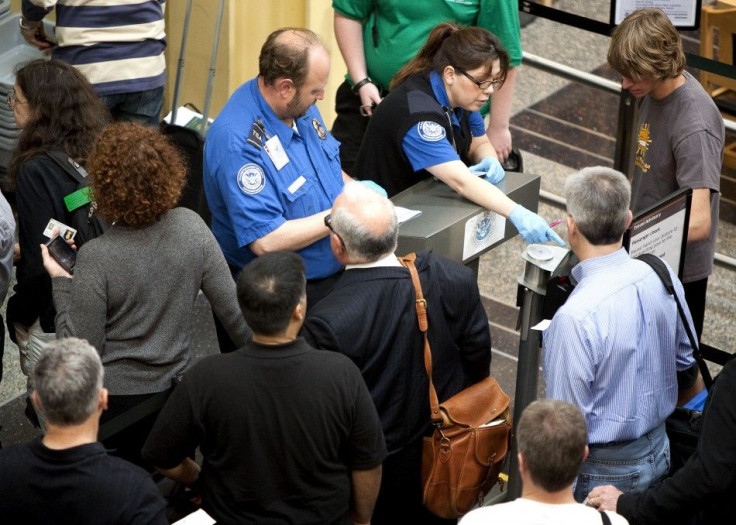TSA Tests Electronic Document Verification Technologies

The Transportation Security Administration, or TSA, is testing new technology at several airports this month aimed at verifying boarding passes and IDs of passengers by machine rather than the standard visual check by officers.
The test run began at Washington-Dulles International Airport last week and TSA will roll out the program at George Bush Intercontinental Airport in Houston and Luis Muñoz Marín in San Juan, Puerto Rico in the coming weeks.
A total of 30 machines from three different companies will be tested at the three airports. Each company's machine is slightly different in appearance, using different software with different algorithms. For passengers, however, all machines will operate in a similar fashion.
Travelers approaching the credential authentication system will scan their boarding pass barcode on the front of the podium. A TSA employee will then put the boarding pass and identification in a scanner for verification. If everything matches, the TSA agent will prompt the passenger to proceed to the checkpoint.
According to the TSA, the machines will not save the information collected once the agent clears the screen for the next passenger, nor will passenger data be checked against any watch lists or similar databases. The scanners do not substitute for or change in any way the existing screening process inside, including body scanners, metal detectors, or X-ray machines.
If a fraudulent document is found, the passenger is then referred to law-enforcement officials for possible charges.
The pilot program, which cost the agency about $3.2 million, is scheduled to last several months and gauge, among other things, how fast passengers move through the line and how accurate the machines are. TSA will expand the fraudulent document detection technology to further airports following successful implementation and testing in the selected airport environments.
The piloting of this technology is another milestone in TSA's ongoing risk-based security initiative, TSA Administrator John S. Pistole said in a statement. The ability to efficiently and effectively identify fraudulent identity documents and authenticate boarding passes has the potential to not only improve security but also the checkpoint experience for passengers.
Known as Credential Authentication Technology - Boarding Pass Scanning Systems (CAT-BPSS), the machines will scan a passenger's boarding pass and photo ID, and then automatically verify the names provided on both documents and authenticate the boarding pass. The technology analyzes and compares security features embedded in the IDs to identify altered or fraudulent photo IDs.
The implementation of the system is part of TSA's effort to enhance the passenger screening process by moving toward a more risk-based, intelligence-driven counterterrorism approach. Under the risk-based security measures, TSA focuses its resources on the passengers it knows the least about.
READ ALSO:
TSA Passenger Advocates Sought for All U.S. Airports
© Copyright IBTimes 2024. All rights reserved.






















